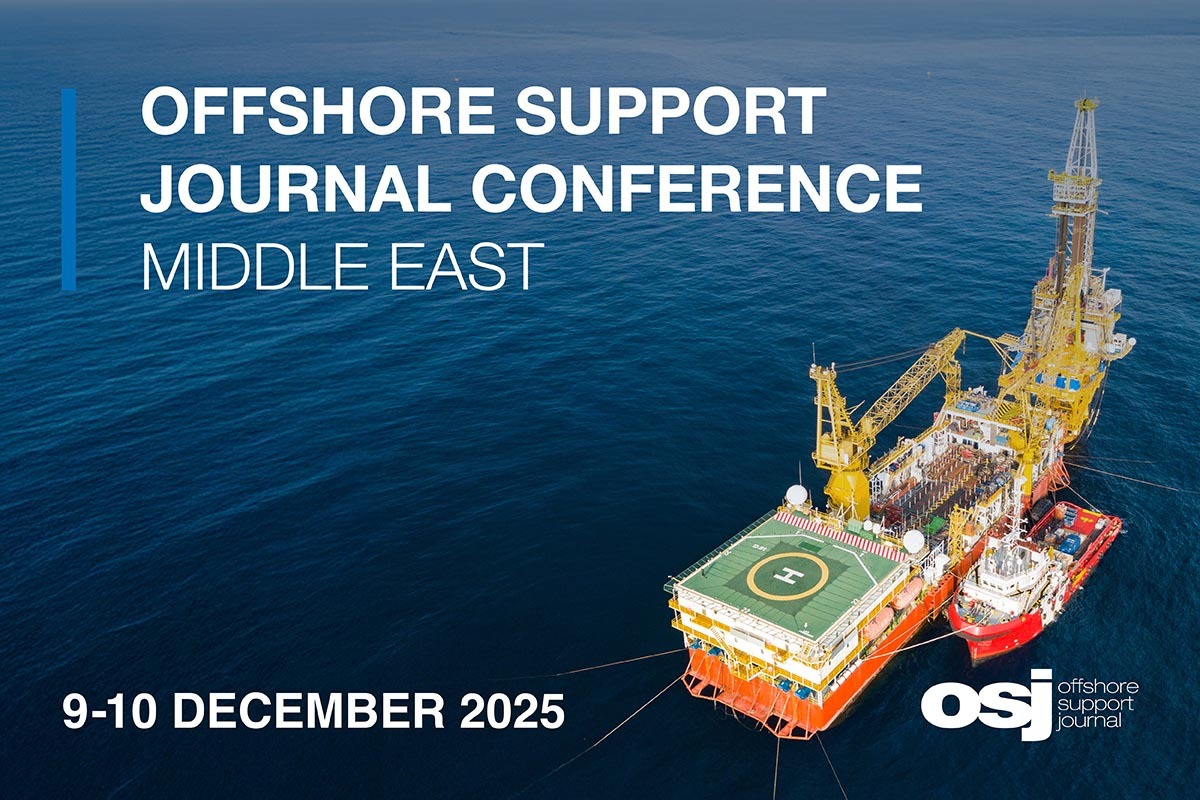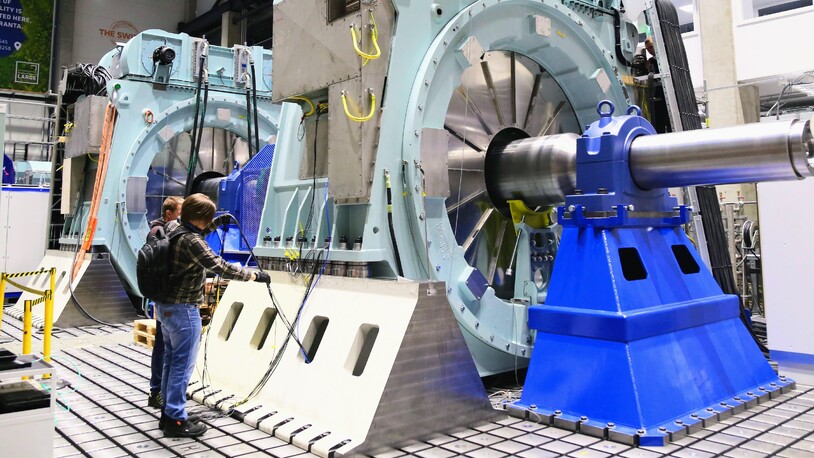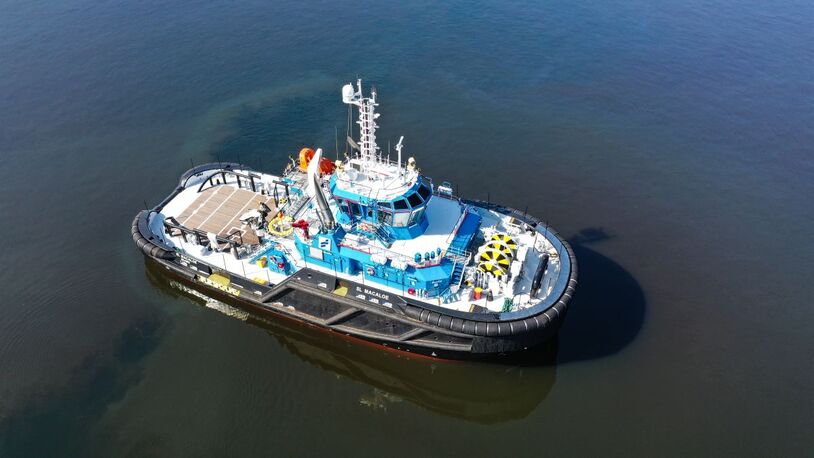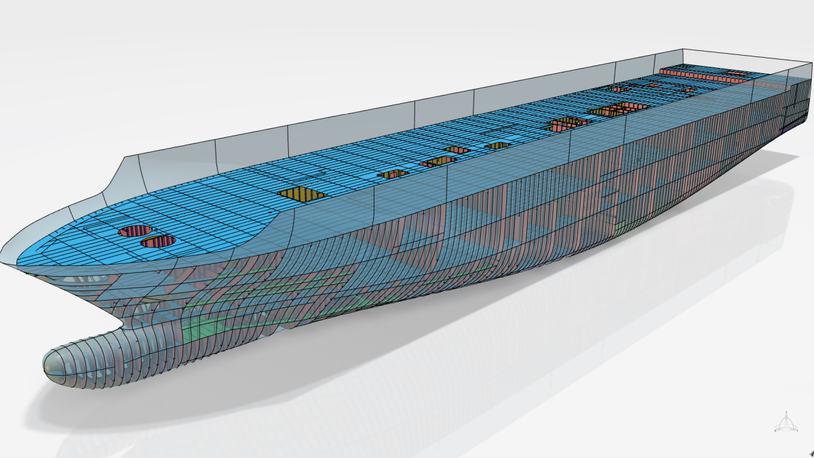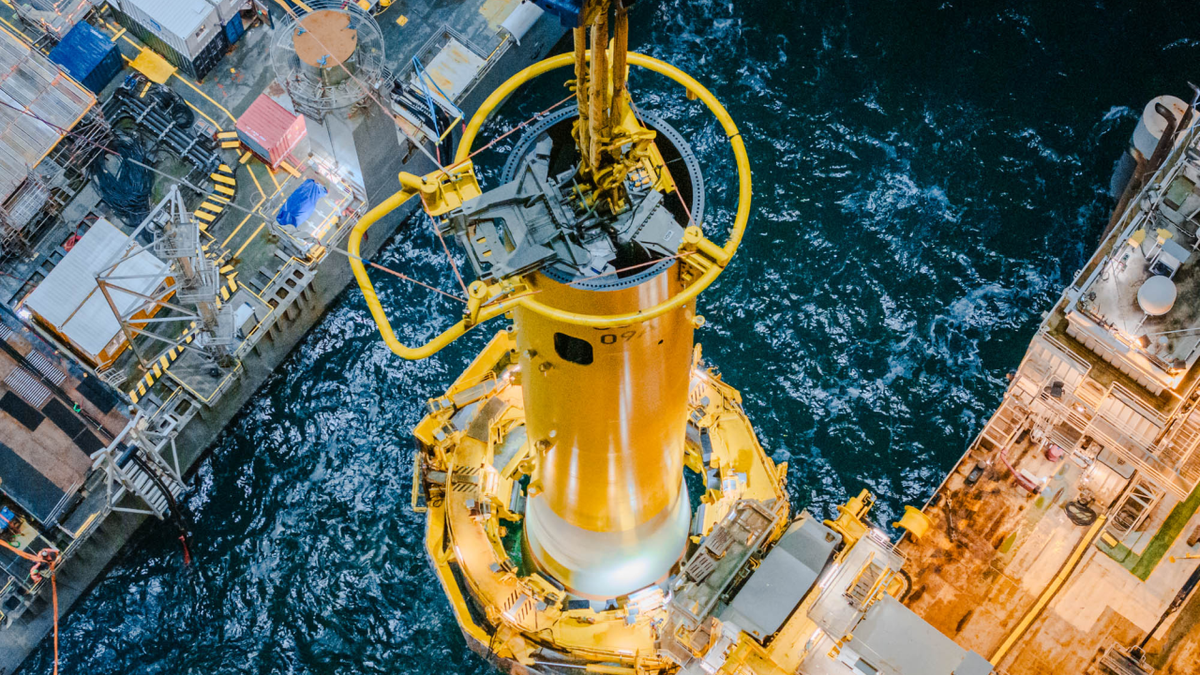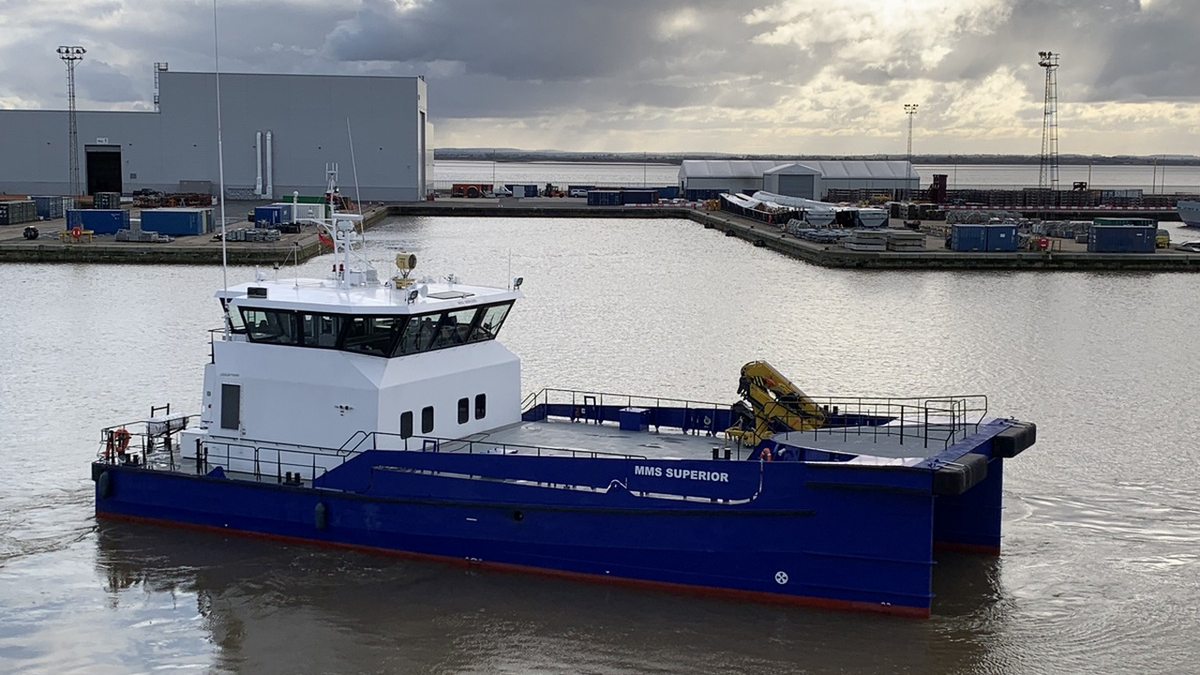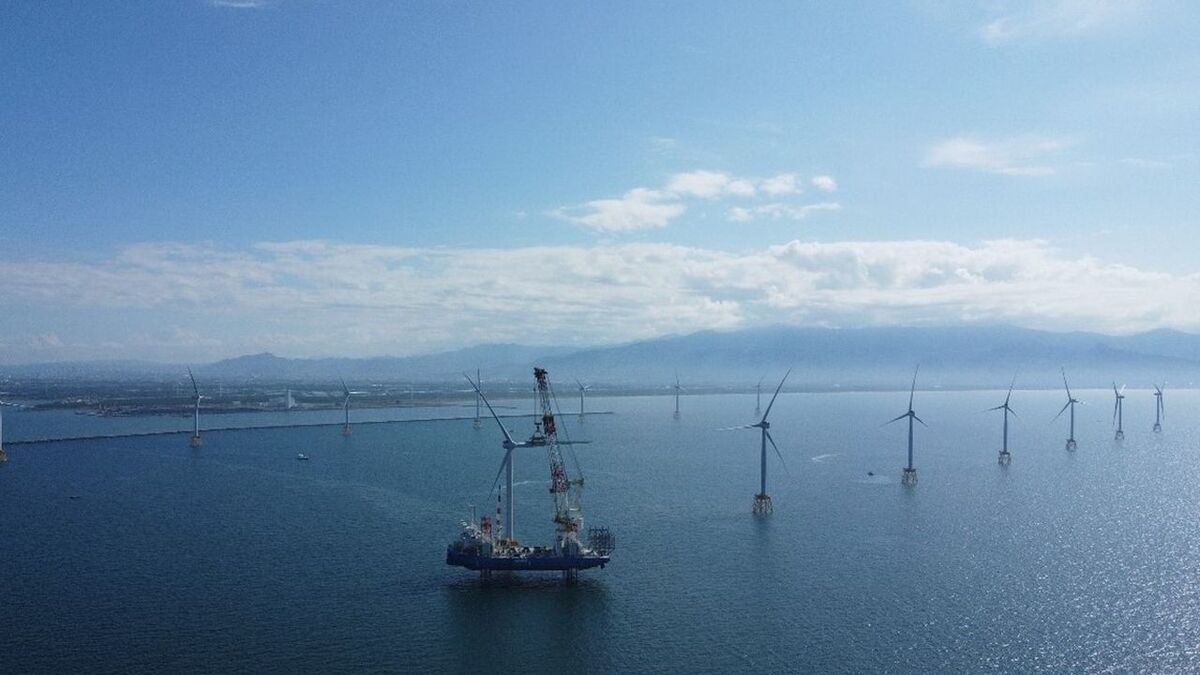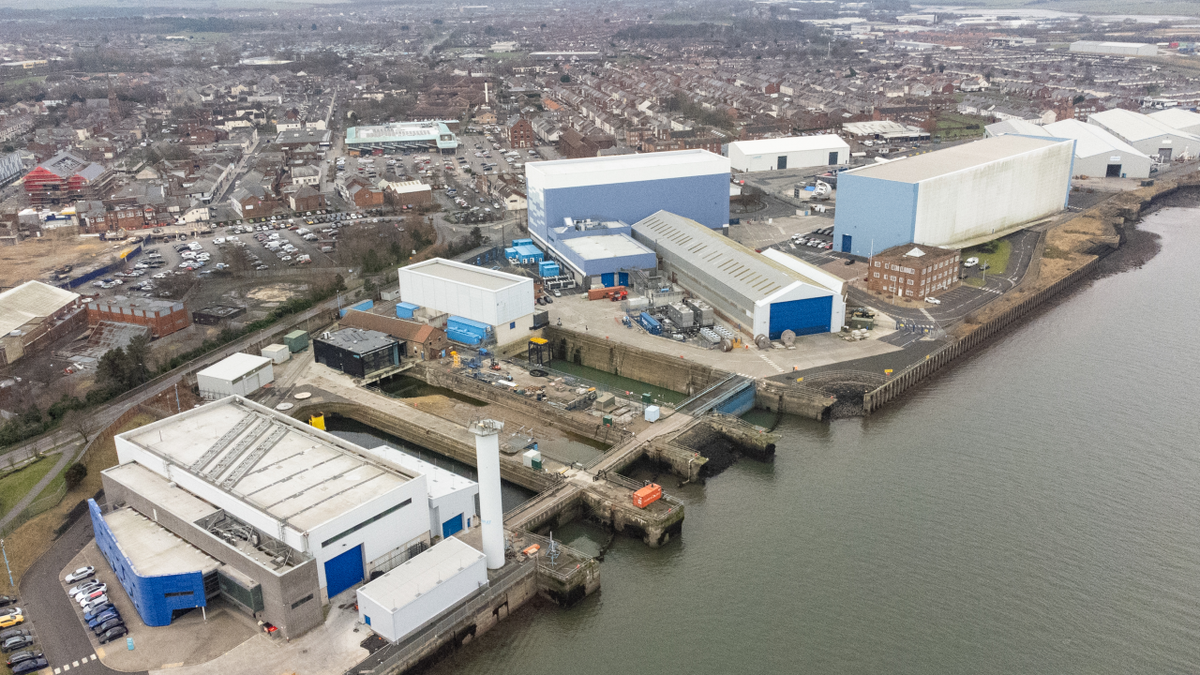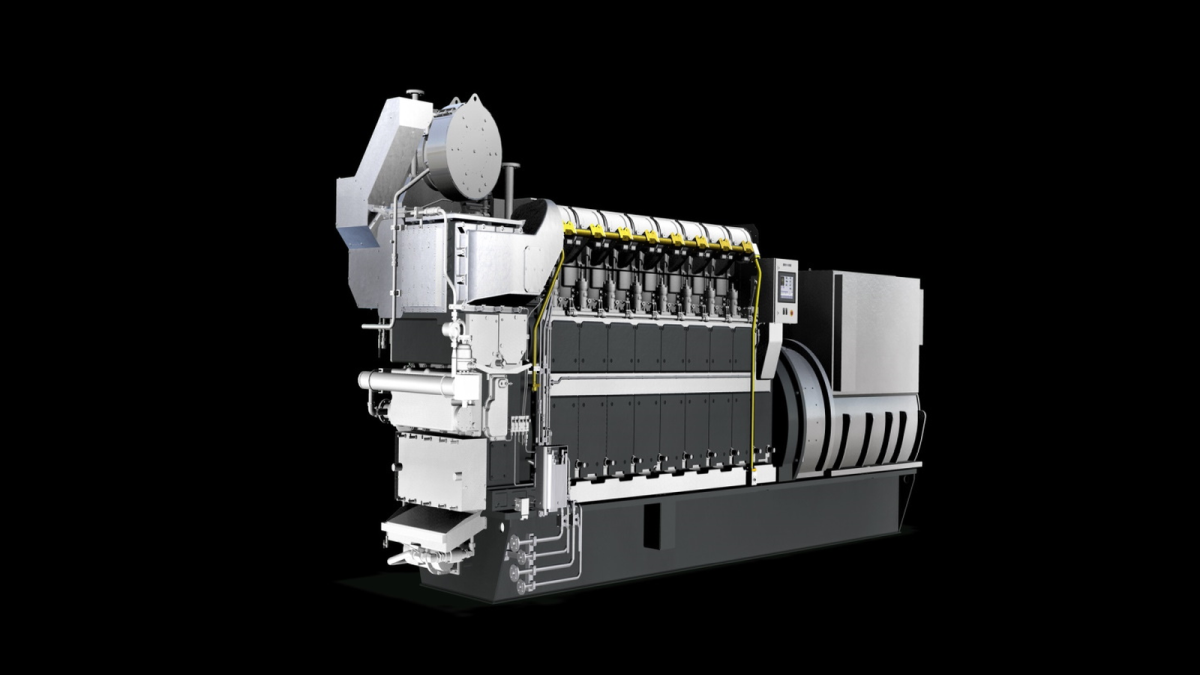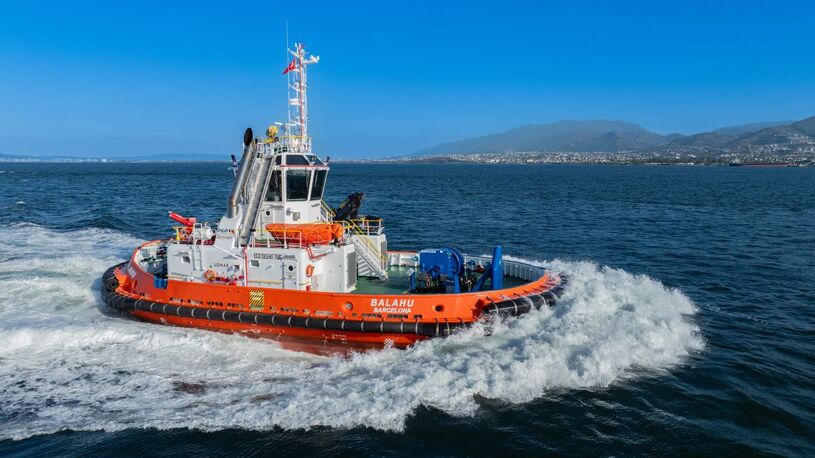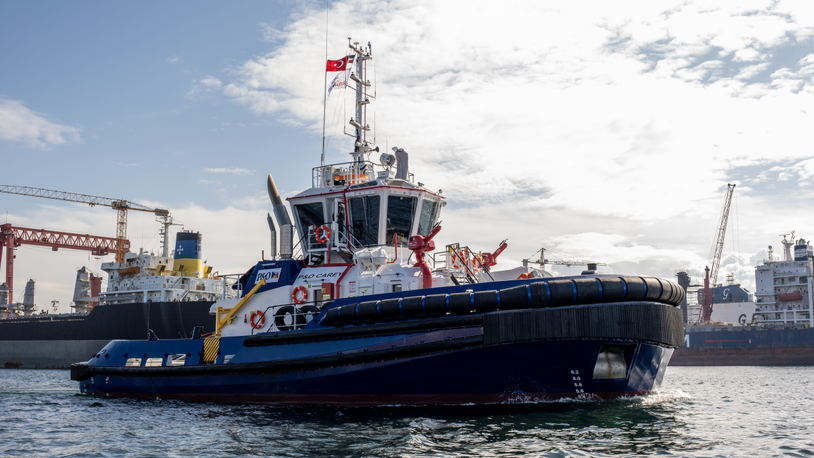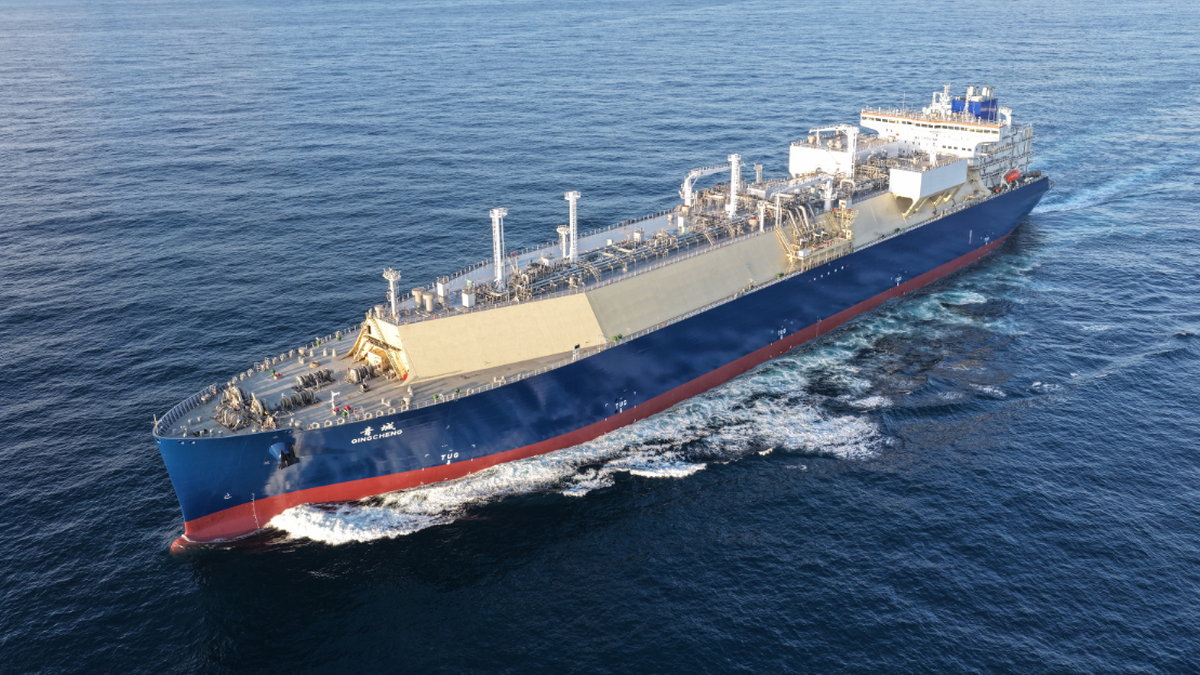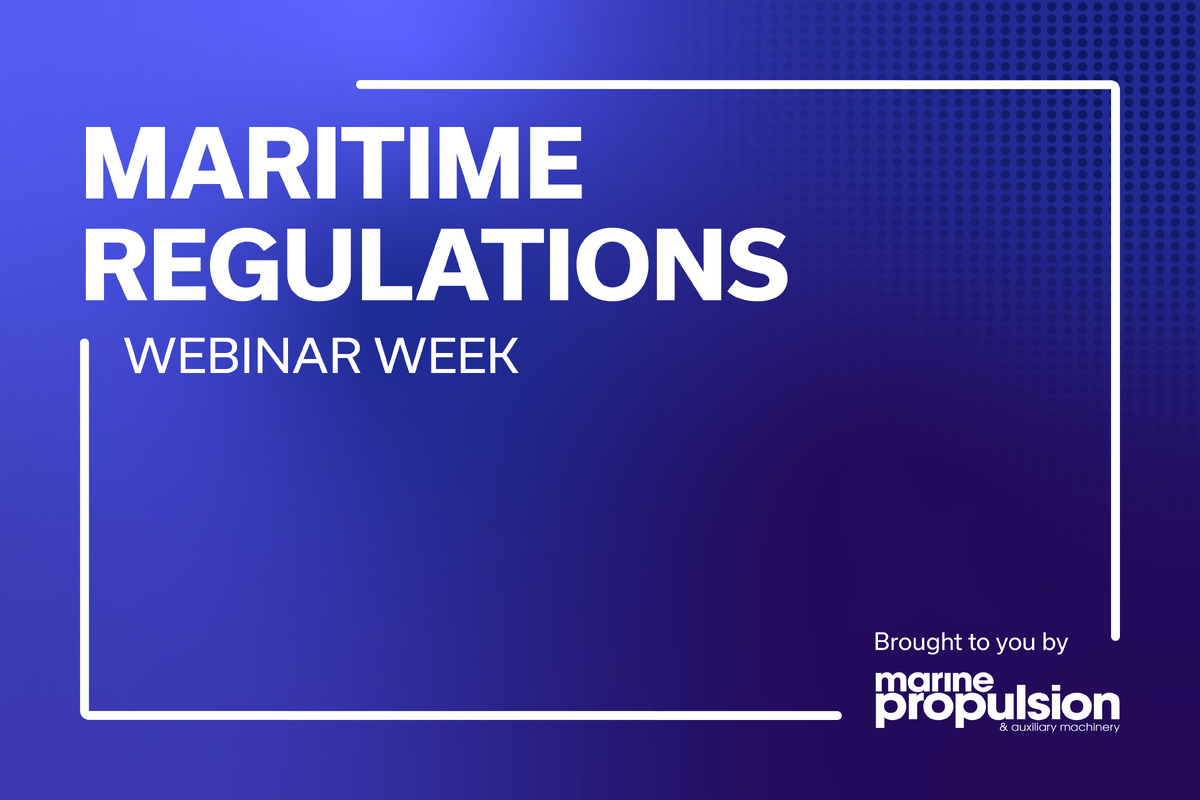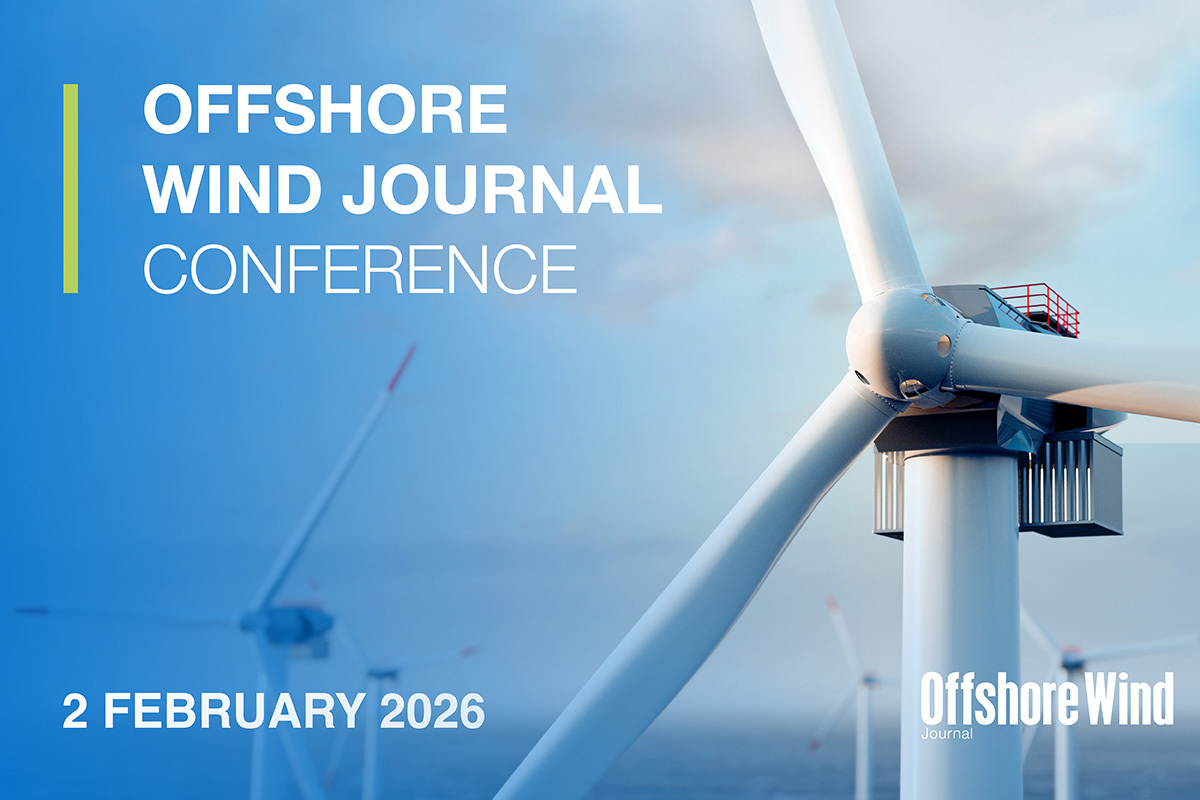Business Sectors
Events
Offshore Support Journal Conference, Middle East 2025
Contents
Register to read more articles.
Escort tugs meet escalating floating LNG needs
How purpose-built escort tugs leverage advanced hull forms, propulsion layouts and rigorous training to ensure precision handling during FLNG and FSRU operations
Deployment of floating LNG (FLNG) facilities and floating storage regasification units (FSRUs) continues to accelerate as developers seek faster timelines, lower environmental footprints and greater adaptability to global energy markets. These projects are introducing rising demand for specialised tugs to support LNG carriers docking at these offshore and coastal terminals and ship-to-ship transfers.
Escort tugs are vessels purpose-built to deliver the steering and braking forces necessary to control large LNG carriers during critical approach and departure manoeuvres. “A specially designed tug that exerts high steering and braking forces on a ship, must satisfy stability, strength and performance requirements,” explained Mr Brendan Smoker, manager, escort-tug performance, Robert Allan Ltd, speaking at the TugTechnology’25 conference in Antwerp in May 2025. He emphasised that the distinction between class-mandated stability and strength criteria and port-specified performance demands is crucial.
Classification societies grant an escort-tug notation once a vessel demonstrates compliance with both stability under heel and structural loads. “A notation is no indication of performance. Technically, you could have next to no performance or very high performance and still hold the same notation,” he said. This underscores the need for operators to state explicitly whether they require steering, braking, or combined capabilities.
Mr Smoker noted that indirect steering is the most commonly used mode and that in an Azimuth Stern Drive (ASD) tug, the vessel kites off to one side and exploits the hydrodynamic lift generated by its Holland skeg (a fixed hydrodynamic appendage beneath an escort tug’s hull that, by generating lift from water flow, produces the large lateral forces required for precise steering and braking ) to produce large lateral forces without direct tow-line pull. The efficacy of this mode increases with speed until keel-imbalance or heel-limit constraints intervene.
When deceleration is required, indirect braking combines hull lift with thruster thrust. This achieves “very high braking force” in open-water manoeuvres. At higher speeds, transverse arrest is employed by vectoring propeller thrust at 90° or 120°, generating a hydrodynamic arresting effect. Should conditions slow below the threshold where indirect forces diminish, the tug resorts to direct pull, delivering full bollard-pull via conventional tow-line tension.
To interpret these varied modes and compare different tug configurations, designers at Robert Allan produce escort-performance butterfly plots. These overlay the steering and braking force envelopes for all operational modes into a single, top-down view. Such diagrams allow operators to identify whether a tug offers pure steering near the bow or combined high braking further aft, and to assess how much of its hydrodynamic capability is curtailed by stability or towing-system limits.
“Understanding, creating and maintaining the performance envelope for the escort tug’s task is crucial”
Every escort-tug design at Robert Allan is validated in computational fluid-dynamics (CFD) simulations. Mr Smoker described how any change in underwater skeg geometry, propeller vendor, or hull form triggers a full CFD re-analysis to predict performance and stability across all heel angles and speeds. He remarked that although the industry holds full-scale trials in high regard, consistent repeatability is so difficult that CFD has become the primary method for ensuring reliability.
He added that escort tugs are delivered with placards that summarise three critical limits: the maximum rated escort speed (typically 8–10 knots); heel-angle thresholds for given loading conditions; and the towing-system load rating across wrap angles . An example at Port Hedland shows placards installed beside the tension meter and inclinometer in the wheelhouse, allowing tug masters to monitor performance in real time and avoid exceeding design envelopes.
Clearly, understanding, creating and maintaining the performance envelope for the escort tug’s task is crucial but there are times when operations are at the limit of the envelope or beyond. Then training takes over.
Smit Lamnalco LNG business and project development director, Mr Andrew Brown, confirmed the changes taking place in escort tug demand. “We see growing demand for LNG-specific towage solutions, especially in areas with floating units where sea conditions are variable,” he said. He highlighted that mooring and unmooring “must be conducted quickly, safely and often in tandem with ship-to-ship transfers” and noted that remote locations introduce further complexity in co-ordination and logistics.
Operating vessels further offshore, where wave heights can exceed 3 m, drives up operating expenditure on marine services, pilotage and logistics. Mr Brown emphasised that “emergency response planning is needed for each facility. The role of marine services should be interlocked into these emergency response plans.”
Retaining competent crews poses a challenge. “We need more training, such as side-by-side training for pilots, tug masters and LNG carrier captains in simulators, so they can see what is happening,” Mr Brown said. He cautioned that many simulator models remain poorly calibrated and urged operators to “match your tug model performance with the actual tug performance to ensure proper simulator results.”
“Not everyone needs 150 tonne steering force. If you need 80 tonne, we can balance stability, strength and performance to suit port requirements”
This will become even more important as LNG FSRU and gravity-based systems are ventured into more hostile waters. Tug designers are ready for these demands. Mr Smoker observed that design tools exist to push performance ever higher. He said: “Not everyone needs 150 tonne steering force. If you need 80 tonne, we can balance stability, strength and performance to suit port requirements.”
The discipline of specifying an escort tug demands clarity in risk analysis and simulator scenarios. Operators must define whether the primary aim is emergency steering, braking, or both. Bundling a generic requirement such as “100 tonne of tow-line tension” without distinguishing directional needs risks delivering an asset unsuited to prevent the very incidents it is intended to mitigate.
Mr Smoker forecast ongoing innovation in hull forms and propulsion layouts driven by advanced simulation tools and growing industry proficiency. He predicted that as operator understanding deepens, adoption of escort-tug capabilities will rise. “They are so effective you cannot remove them from a system where they are in place and expect your system to still function,” he remarked, recalling multiple occasions where absence of proper escort support led to multimillion-dollar damages and environmental harm.
The convergence of rigorous design verification, precise placard-based limit monitoring and joint simulator training programmes between pilots and tug masters represents the best path to safe LNG operations.
As FLNG and FSRU deployments venture into ever more remote and challenging environments, these escort tugs will remain indispensable assets, balancing engineering exactitude with operational readiness.
Riviera’s LNG Shipping & Terminals Conference will be held in London on 21-22 October 2025. Use this link to register your interest and attend the event.
Related to this Story
Events
Offshore Support Journal Conference, Middle East 2025
Maritime Regulations Webinar Week
Maritime Decarbonization Conference, Americas 2026
Offshore Wind Journal Conference 2026
© 2024 Riviera Maritime Media Ltd.
